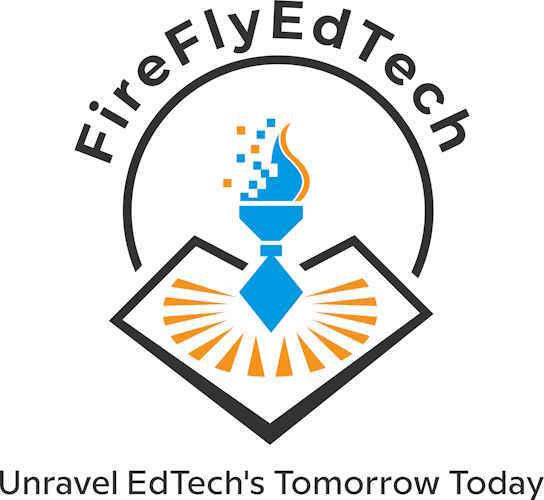
“Good teaching is more a giving of right questions than a giving of right answers.” – Josef Albers
For a long time, traditional education assessment has predominantly focused on inputs – the resources available to a student.
This focus has significantly changed to educational goals – results and outcomes. That is, focus on skills and application rather than just the knowledge acquired by a student. Kenyan education institutions have been stepping up their assessment systems to match competence-based results and outcomes.
Assessment of student competences is critical to learning. While a teacher just measures a student’s performance with targets, metrics, and indicators, which is a manual assessment process used by a significant number of Kenyan teachers, it does not justify the desired outcome nor do the student results reflect the true position of their learning performance.
In competence-based assessment, the teacher measures and analyzes course objectives and student’s knowledge acquired as well as their different abilities such as creativity and critical thinking. The teacher should support, facilitate and monitor the process of completing an assessment activity by a student towards the desired goals.
Informed by Vygotsky (1978) sociocultural perspective on the idea of the zone of proximal development (ZPD), we see competence-based assessment of knowledge, skills and abilities as a measurement of how students engage in knowledge application of real-life situations in the marketplace.
Technically, the ZPD is defined as the ‘distance’ between what the individual can do when acting alone, without external support, and what they can do when interacting with a ‘more competent peer’ (Vygotsky 1978, 86). The assumption is that when supported by a more competent partner, like a teacher, a subject matter expert (SME), or an assessor, the individual is capable of more sophisticated modes of reasoning or problem-solving than they would be able to display if acting independently.
In ZDP, knowing does not necessarily imply complete mastery of skills. Thus, to understand how students enact knowledge in application, analysis and creation, in a ZPD in relation to specific skills or defined
learning objectives, we can utilize hints and suggestions emerging in the assessment activity through the questions asked, for example, by a teacher, an SME, or an assessor or through the resource files available in the activity or through spoken interaction.
The implication of these responses is that the assessment process does not just settle at a diagnostic assessment to establish what students already know. The process offers instances where students learn (Vygotsky 1978) by appropriating knowledge which is within their ZPD; offers insights which they might not have been able to articulate if they had not been supported or scaffolded by the resource files present, classroom interaction, and promotes feedback from the teacher, the SME or the assessor.
A good example is when a teacher, an SME or an assessor gives a detailed analysis of different response patterns and trajectories of learning in terms of students’ sense-making of the conceptual content necessary to provide the correct answer to an assessment question. They seek to understand the student’s struggle, despite the results (in terms of fail or pass), to make sense of the assessment question.
Below we define a practical trajectory taken by a student during an assessment activity:
- The student struggles with understanding the assessment question and takes some time or fails to deliver the expected answer. Here, the teacher, SME, or assessor is seen requesting re-attempts or re-submissions and revising the questions to improve understanding. This step demands sufficient knowledge to understand the question and its significance to the activity the student is in.
- The student topicalizes his struggle with the question, engaging in a discourse that displays understanding. Here, the teacher, SME, or assessor can use instruments like discussion forums, chats and reflection essays, to drive the student towards the intended goal. In this step, the student can reconstruct certain elements of the conceptual content, and they are in a position to use what the teacher, SME or assessor contributes to produce the expected answer to the assessment question.
- The student independently formulates the answer to the assessment question, engaging in memory work. The student can independently, and through rather intense memory work, account for the expected answer to the question from the hints and suggestive indicators in the assessment activity. The teacher, SME, or assessor takes the mentors’ role to just refine and analyze the student’s response and give holistic feedback on the results and outcomes.
Good teaching is when teachers are able to observe student learning trajectory and their display of different levels of knowledge about how to apply the conceptual content they are questioned about. A teacher’s present, engagement, contribution, and scaffolding during an assessment activity improves student’s learning progress, performance, mastery of skills and future-job readiness. A teacher has a chance to improve their assessment practice and quality of teaching. School owners and principals can also identify areas for staff development from the refined results and outcomes for quality teaching and learning.
Take your assessment practice to a new level using ntemata, an assessment platform that automates assessment processes for teachers and holistically analyzes competency-based learning.
Share Article
